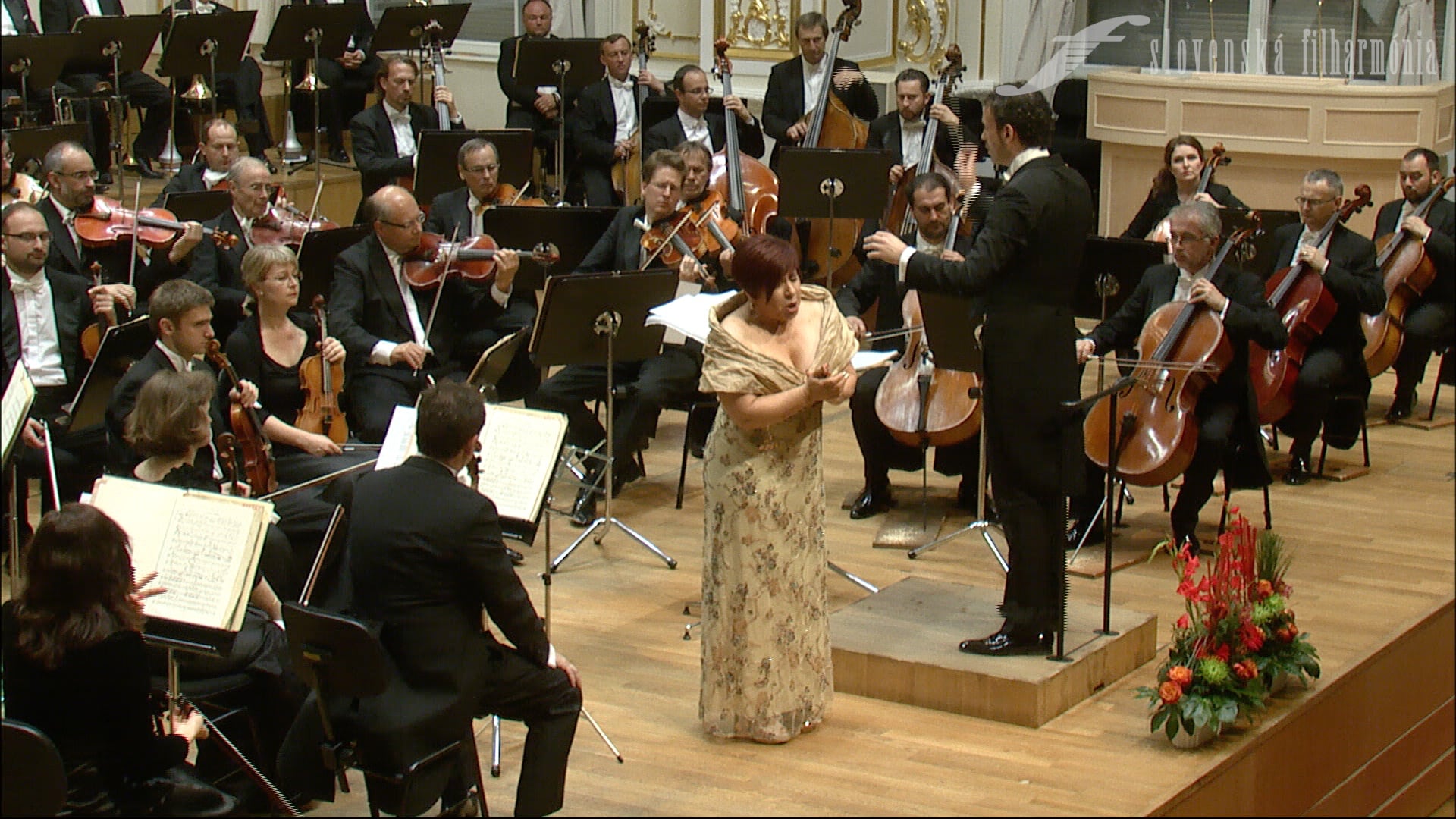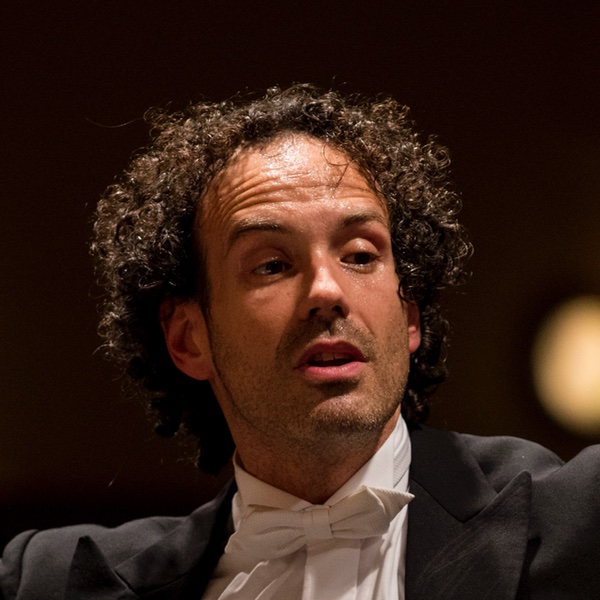Online archív Slovenskej filharmónie bol navrhnutý a naprogramovaný tímom Streamboyz. Videá sú umiestnené na serveroch občianskeho združenia Multiplace. Použitie, šírenie fotografií a audiovizuálneho obsahu tejto stránky len so súhlasom Slovenskej filharmónie. Tento web používa súbory cookies. Prehliadaním webu vyjadrujete súhlas s ich používaním. Viac informácií. Slovenská filharmónia je štátna príspevková organizácia Ministerstva kultúry Slovenskej republiky.

The Online archive of Slovak Philharmonic was designed and programmed by Streamboyz Team. Concerts are located on the Multiplace servers. Use and distribution of photographs and audiovisual content of this site only with the consent of the Slovak Philharmonic. This site uses cookies. By continuing to browse the site, you are agreeing to our use of cookies. Find out more. The Slovak Philharmonic is a state-subsidised organisation of the Ministry of Culture of the Slovak Republic.

OdkazyLinks
Team Streamboyz+ Contact
Slovak Philharmonic
Bratislava Music Festival
Johann Nepomuk Hummel International Piano Competition
Ministry of Culture of Slovak Republic Kontakt na tím Streamboyz+
Slovenská filharmónia
Bratislavské hudobné slávnosti
Klavírna súťaž Johanna Nepomuka Hummela
Ministerstvo kultúry Slovenskej republiky
[ ] [ ]
- None / Žiadne
- English
- Slovenčina
[ ] [ ]
- None / Žiadne
- English
- Slovenčina
Opera Sinners
Štvrtok 18. 6. 2015, 19.00 hThursday, June 18, 2015, 7.00 PMCyklus C – Populárny cyklus
Koncertná sieň Slovenskej filharmónieC serie – Popular Music Concerts
Concert Hall of Slovak Philharmonic
| Program |
| Jules Massenet (1842–1912) |
| Predohra k opere Phedre Phedre Overture |
| „O mes sœurs“, ária Meryem z opery Phedre “O mes sœurs”, Meryem’s aria from the opera Phedre |
| Camille Saint-Saëns (1835–1921) |
| Bacchanalia z 3. dejstva opery Samson a Dalila Bacchanale from “Samson and Dalila”, 3rd Act |
| PrestávkaIntermission |
| Jules Massenet (1842–1912) |
| Ne me refuse pas, ária Hérodiade z 2. dejstva opery Phedre “Ne me refuse pas”, Hérodiade’s aria from the Act 2 of the opera Phedre |
| Richard Strauss (1864–1949) |
| Tanec so siedmimi závojmi z opery Salome Dance of the Seven Veils from the opera Salome |
| „Ich habe keine guten Nächte“, ária Klytaimnestry z opery Elektra “Ich habe keine guten Nächte”, aria of Klytämnestra from the opera Electra |
| Richard Wagner (1813–1883) |
| „Ich sah das Kind“, scéna Kundry z 2. dejstva opery Parsifal “Ich sah das Kind”, Parsifal, scene of Kundry from the 2nd act of the opera Parsifal |
| Camille Saint-Saëns (1835–1921) |
| Dance Macabre Dance Macabre |
| Igor Stravinsky (1882–1971) |
| „Non’ erubescite, reges“, ária Jokasty z oratória Oedipus Rex “Non’ erubescite, reges”, Jokasta’s aria from the opera-oratorio Oedipus Rex |
Phaedra is the mythical image of the infidel. Herodias is the symbol of the woman – the depraved murderess. Mary Magdalene is the familiar symbol of a runaway who has nevertheless found redemption from sin. Delilah is a type of the traitor. Salome is a perverted sadist. Clytaimnestra, like Herodias, is a perverted ruler. The pagan Kundry desecrates the ritual of the ancient Grail. Jocasta is a participant in incest with her own son. Several forms of sinful female characters in the history of opera. Dance macabre, with its riotous atmosphere, fits into this dramaturgy of sin.


